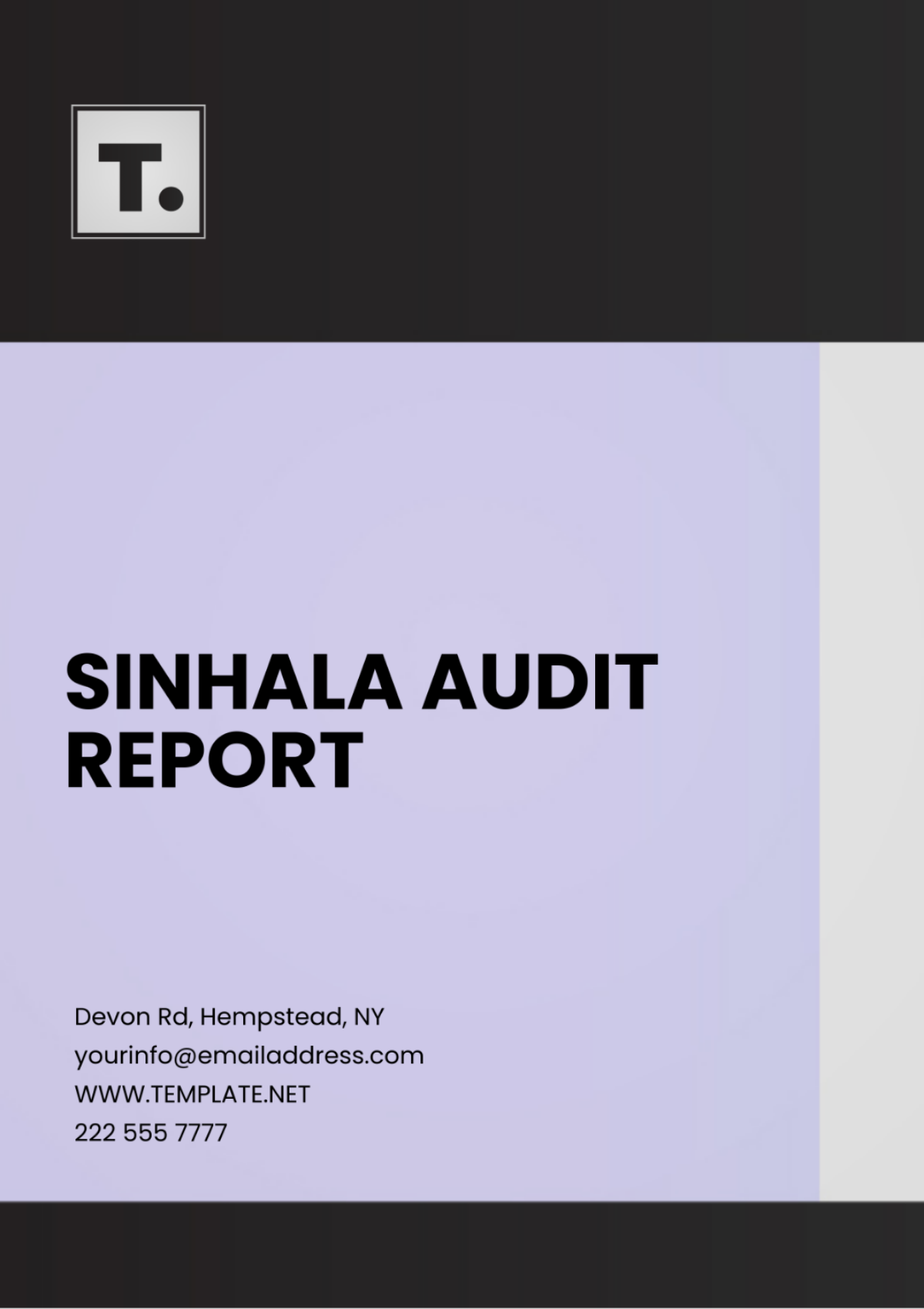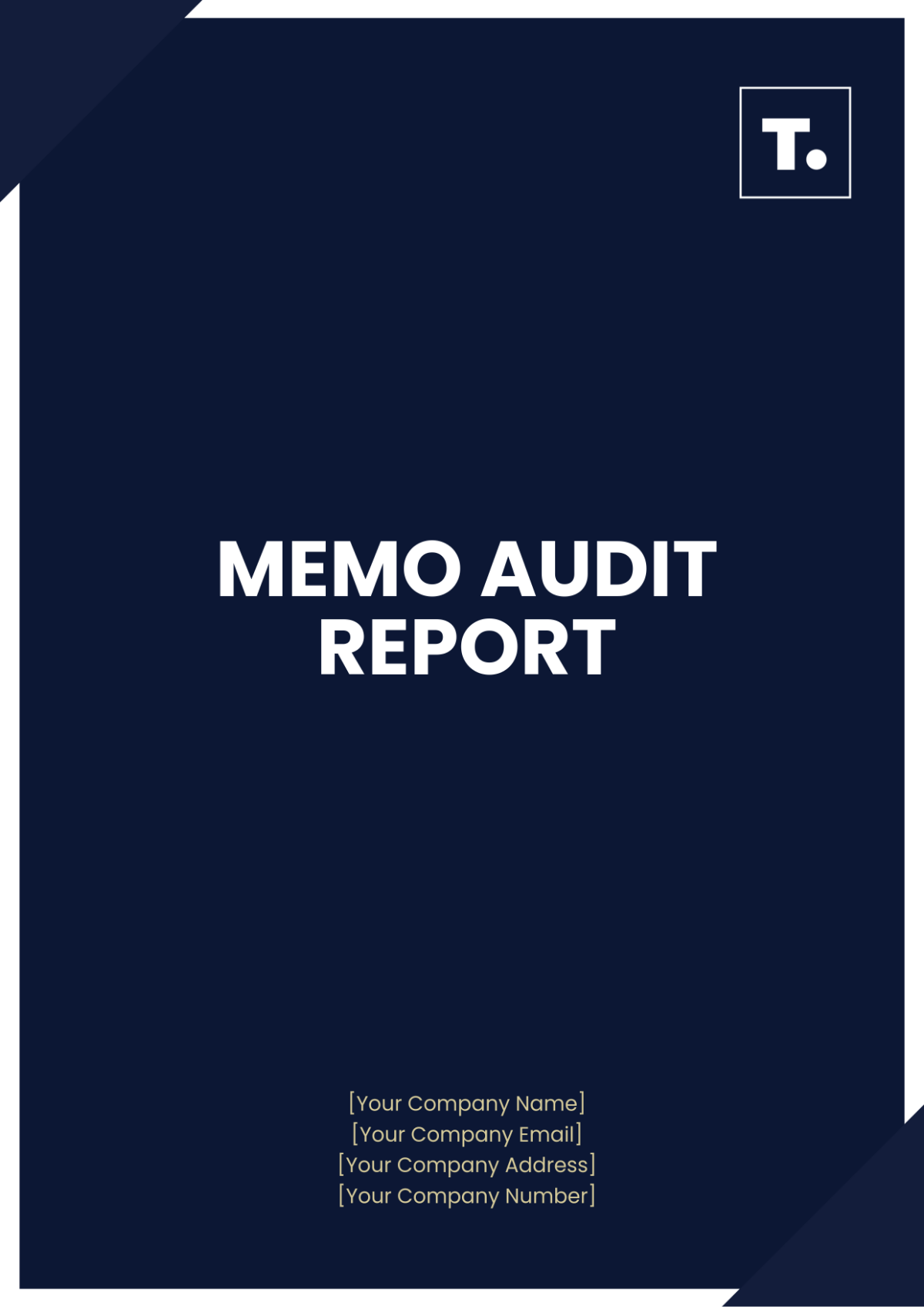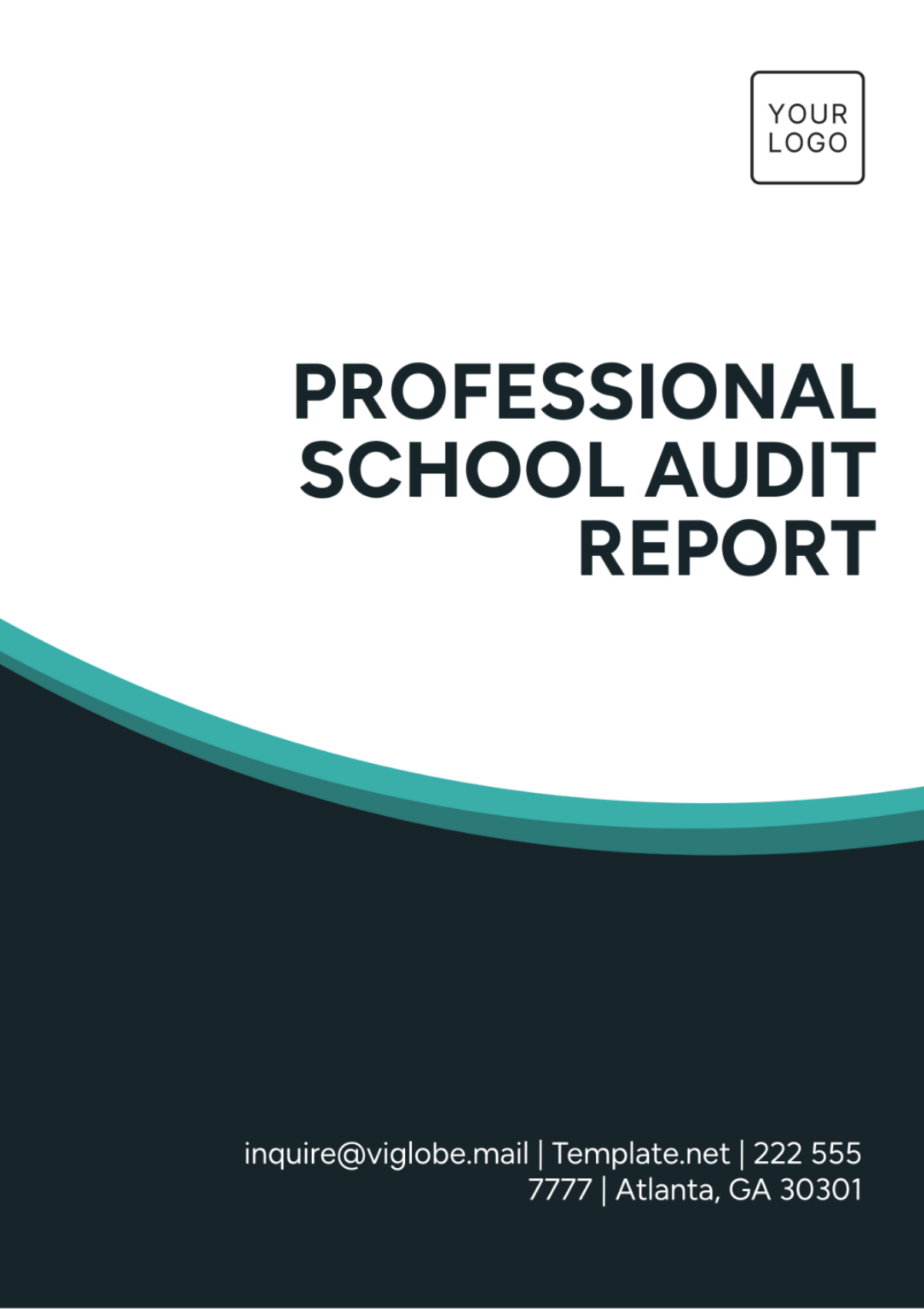Free Legal Intellectual Property Audit Report
Assess your IP strategy with Template.net's customizable Legal Intellectual Property Audit Report Template. This editable template, accessible via our AI Editor Tool, streamlines audit reporting and empowers you to generate detailed reports on IP assets, facilitating informed decision-making and proactive measures to protect and maximize the value of your intellectual property rights.






























